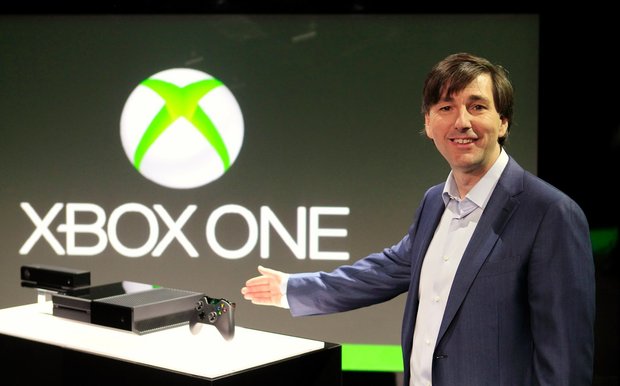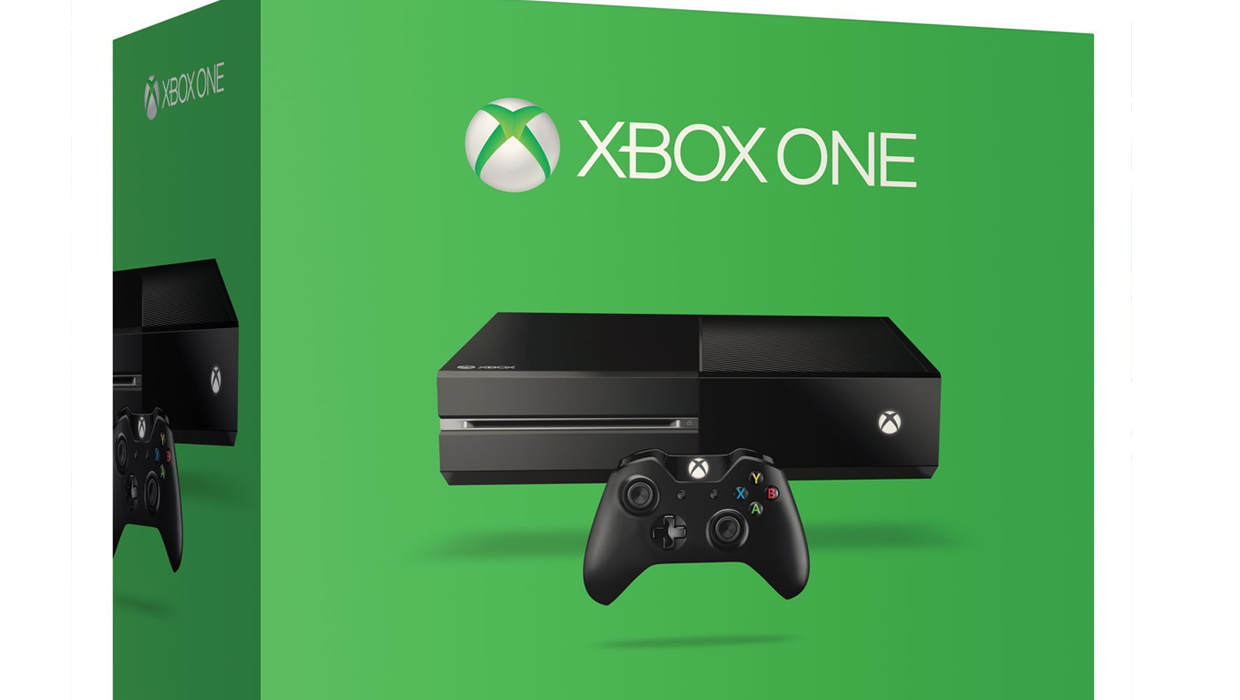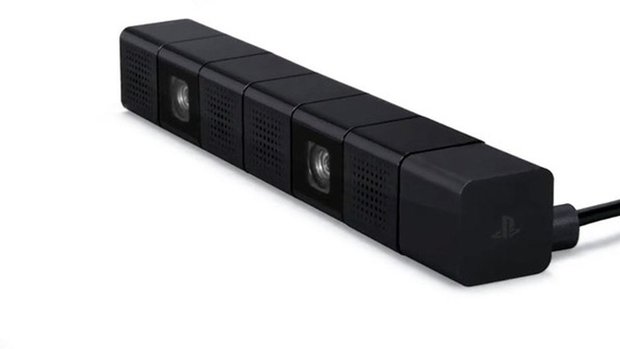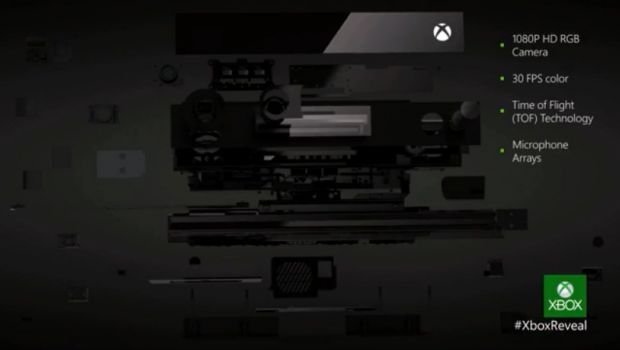Xbox One drops price, Kinect, and the main reason to buy it over PS4
What a difference a year makes. On May 21, 2013, Microsoft’s top executives revealed the Xbox One: a machine with always-online DRM, inscrutable used game policies, and an upgraded Kinect camera that was integral to actually using the system. Today that DRM is gone, the used game market remains unchanged, and (as Microsoft has just announced) the Xbox One will now be sold without Kinect in the box. Ok, this puts Xbox One on price-parity with PS4... but at what cost to Microsoft's vision and strategy?

Microsoft’s sales pitch for the Xbox One centered on Kinect 2.0 being an integral component of the new hardware. In August of last year, MS executive Phil Harrison responded to a question about possibly selling a Kinect-free bundle by saying, “Xbox One is Kinect” (a quote that I’m sure he’ll enjoy being reminded of during dozens of future interviews). Even after the reversal on DRM, Microsoft held onto its plans for Kinect, which makes today’s news seem like a final admission that the experiment has failed. Which is a shame--Kinect 2.0 is the one thing that truly separates the Xbox One from the PS4 (even if it's something most people didn't ask for in the first place).
So, why hasn't Kinect 2.0 been a success story for Xbox One? As history has shown again and again, it all comes down to software... and Kinect doesn't have nearly enough of it. Yes, gimmicky gesture controls have been added to early Xbox One games like Ryse and Dead Rising 3, but what is the killer app? Kinect Sports Rivals, which came six months after launch? Voice-controlling your TV with impressive, but not-quite-perfect accuracy? Having it sign you in when it sees your face? Though Microsoft has tried to spin Kinect as a crucial part of Xbox One, reality doesn't back up the narrative.

Consumers worldwide have shown their disinterest in the Kinect via their buying habits. PS4 has outsold the Xbox One by millions of units, despite the marketing blitz for exclusives like Titanfall. There are many factors at play here, price chief among them. Thanks to Kinect, Microsoft had to charge $100 more than the price of the PS4 at launch: a cost that isn't reflected by Kinect's meagre role in the overall Xbox One experience. Now the camera-free Xbox One package is only $399 / £349, finally gaining price-parity with Sony’s more powerful machine. If you're a 360 owner sitting on the sidelines, perhaps this is enough to entice you to buy Microsoft’s newest machine. Or maybe you've already gone PS4 because of the price?
During the last six months PS4 has been winning the sale and PR war against Xbox One, and while Sony’s bosses will likely want to keep that momentum going, they won't feel any real pressure to do so. Microsoft is only achieving parity on price, after all. Expect some strong, exclusive announcements at E3, and maybe a tempting bundle at GamesCom in August, to once again make PS4 a more attractive product than Xbox One.

This move by Microsoft goes deeper than its rivalry with Sony, and its relationship with players. What about the unlucky developers already invested heavily in making Kinect 2.0 games? They began crafting titles with the promise of every system having the device; a promise that’s now gone. Games like Harmonix's Fantasia: Music Evolved are left hanging with this vote of no confidence from Microsoft. Selling an already leftfield game like Fantasia just got a little bit tougher. Could this move erode the trust third-party publishers and developers have in Microsoft? Possibly, and that's a shaky position to be in when you’re currently in second place.
Doubtless, everyone will be keenly watching the consumer. Trust can be regained, and if Microsoft can significantly increase the number of Xbox One owners (expanding the number of potential customers who can buy games) then the inconvenience of dropping Kinect will be swiftly forgotten. Will a $399 / £349 price spike sales? Will players now view Xbox One as equal value to PS4? Does cutting the Kinect make the system more attractive to consumers worried about having a camera in their living room? And does removing Kinect make Microsoft’s customer-message even more muddled? The next six months will be an interesting time for stat-watchers.
Weekly digests, tales from the communities you love, and more

All considered, this is sound financial move for Microsoft: it will boost sales. For me personally, it’s a little disappointing to see Kinect being sidelined before reaching its full potential. It really can be a killer-app, if treated properly. In a world where console power is very similar, and the crop of system exclusives is ever-shrinking, a bundled Kinect does at least make Xbox One stand separate from the PlayStation 4. Had Microsoft immediately made Kinect essential for more than just voice control, and supported it with some genuinely interesting games, I think Xbox and PS4 would be on equal terms right now. With Kinect, Xbox One isn’t all that different from PS4. All things being equal, I’d bet on consumers sticking with the system that already has plenty of momentum. How can Xbox One catch-up when all it offers is 'more of the same'?
Henry Gilbert is a former GamesRadar+ Editor, having spent seven years at the site helping to navigate our readers through the PS3 and Xbox 360 generation. Henry is now following another passion of his besides video games, working as the producer and podcast cohost of the popular Talking Simpsons and What a Cartoon podcasts.



